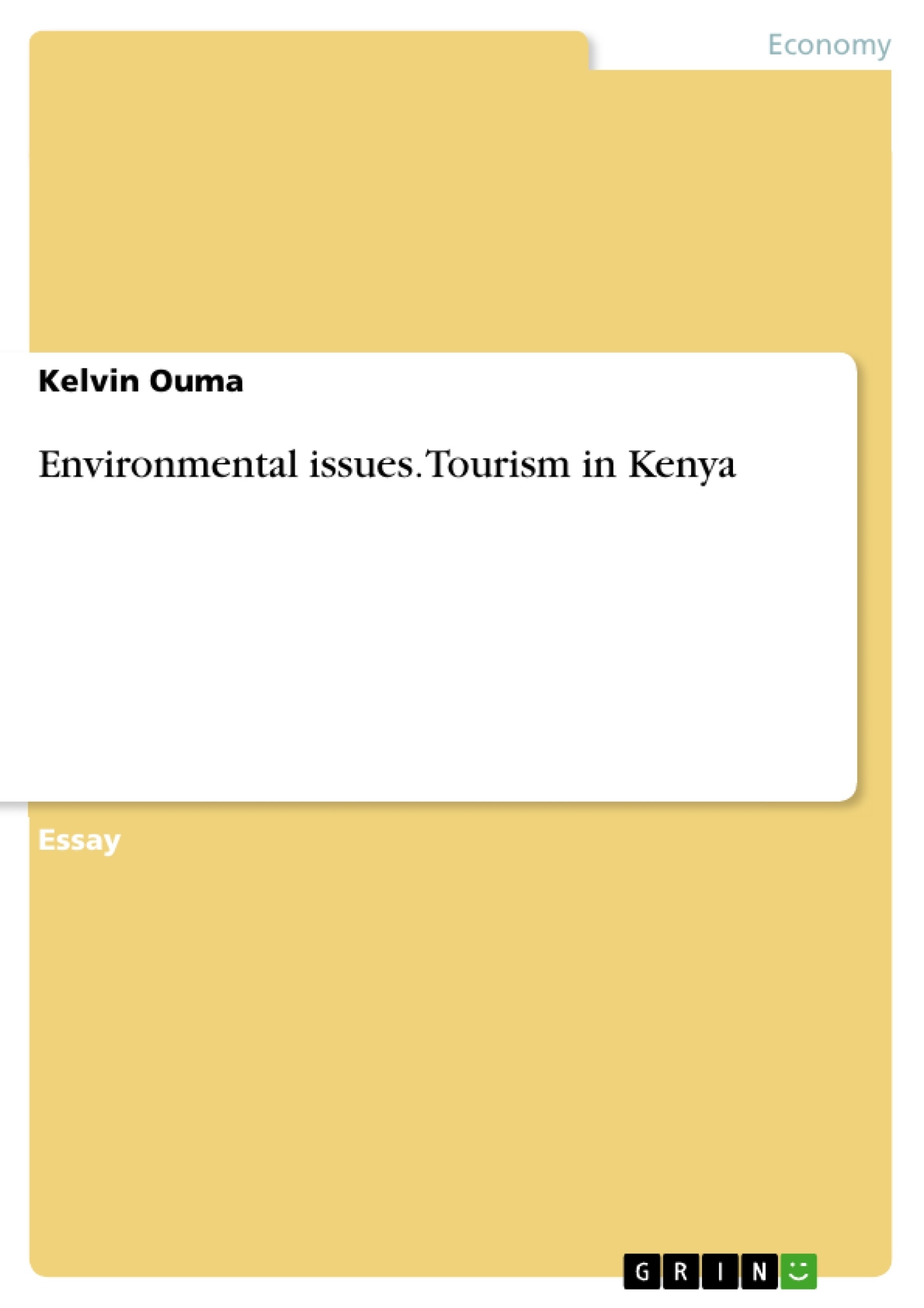This is a short text about tourism in Kenya. No other continent offers the same chances of seeing such differing range of wildlife regularly in close vicinity. Taking into consideration the creatures one can see amid the travel improves the wildlife background enormously.
Inhaltsverzeichnis (Table of Contents)
- Introduction
- Kenya at a Glance
- A wildlife safari in Kenya
- Kenya Safari
- Government and Legislative issues
- Challenges
- Statistics
- Training programs
- ENVIRONMENTAL ISSUES
Zielsetzung und Themenschwerpunkte (Objectives and Key Themes)
This document aims to provide a comprehensive overview of Kenya's wildlife and the challenges it faces. The text examines the country's diverse ecosystems, the importance of wildlife tourism, and the threats posed by environmental issues, government policies, and human encroachment.
- Kenya's unique wildlife and diverse ecosystems
- The role of wildlife tourism in the Kenyan economy
- Challenges to wildlife conservation, including climate change, deforestation, and human encroachment
- The impact of government policies on wildlife management
- The importance of sustainable practices for preserving Kenya's natural heritage
Zusammenfassung der Kapitel (Chapter Summaries)
- Introduction: This chapter introduces the concept of wildlife safaris in Kenya and highlights the importance of these experiences for both tourists and the country's economy. It also provides a brief overview of Kenya's geography, culture, and key economic sectors.
- Kenya at a Glance: This chapter provides a detailed overview of Kenya's geography, demographics, and economic landscape. It emphasizes the country's diverse ecosystems and its role as a regional hub for business and tourism.
- A wildlife safari in Kenya: This chapter delves into the different types of wildlife safaris available in Kenya, from walking safaris to mobile safaris and air safaris. It discusses the importance of choosing the right type of safari based on individual preferences and interests.
- Kenya Safari: This chapter highlights some of Kenya's most popular safari destinations, including Maasai Mara, Amboseli, and Samburu. It describes the unique wildlife experiences and cultural encounters available in each area.
- Government and Legislative issues: This chapter examines the role of the Kenyan government in wildlife conservation and management. It discusses the challenges posed by climate change, deforestation, and human encroachment and outlines the government's efforts to address these issues.
Schlüsselwörter (Keywords)
The text focuses on key themes such as wildlife conservation, tourism, environmental issues, government policies, and sustainable practices in Kenya. It highlights important concepts such as biodiversity, ecosystem management, and the challenges posed by human activities to wildlife populations. The document also references specific geographical areas like Maasai Mara, Amboseli, and Samburu, as well as key wildlife species like elephants, rhinos, and lions.
- Quote paper
- Kelvin Ouma (Author), 2016, Environmental issues. Tourism in Kenya, Munich, GRIN Verlag, https://www.grin.com/document/322512




